In this white paper, it is proposed to replace the Lighting Passport High Lux model which is capable of measuring illuminances up to 200,000 lux with a Standard Pro model and a neutral density filter coupled to the aperture. The High Lux model has been discontinued and the Standard Pro model is only capable of measuring up to 50,000 lux. Customers who would like to measure the illuminances of their high intensity fixtures and with the discontinuation of the High Lux model, have no means to do it.
The idea is to use an OD 0.6 neutral density filter that works in the visible range and has a transmittance of nearly 20% to be placed on the diffuser of the Standard Pro to measure high intensity light fixtures. What needs to be calculated is the exact multiplication factor to be used once the Standard Pro measures the illuminance with the neutral density filter to give the actual illuminance. In addition, it has to be investigated if the presence of the ND filter alters the other photometric and colorimetric parameters such as color temperature, CRI index and TM30’s Rf and Rg values.
To accomplish this, the neutral density filter FROD60 from Newport was used. This ND filter is of the absorptive type and has the following specs.
12.7 mm diameter, OD=0.6 at 546.1 nm (20% transmittance nominal) and is shown in figure 1
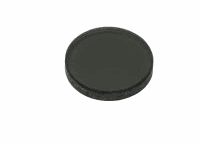
Figure 1: FROD60 from Newport
In order to make consistent measurements and eliminate variation due to spatial variability, a filter holder was designed that would clip on the Standard Pro spectrometer and holds the ND filter on top of the diffuser. This filter holder with the filter in place is shown in figure 2

Figure 2: Filter holder to hold the ND filter in front of the standard Pro diffuser plate
The illuminance levels were adjusted by different positioning of the Hi Lux unit with respect to the light source and measurements were done at 50,000, 100,000, 150,000 and 200,000 lux. The tables and pictures s in Section 1 show the results. The High Lux unit has some data filtering issues and ripples appear on the spectrum. This does not affect the transmittance measurement since both the filtered and unfiltered units have these ripples. However, it does affect the photometric measurements which will be discussed later.
Section 1: Transmittance measurements of the neutral density filter
1. 90 watt, 5000 K lamp
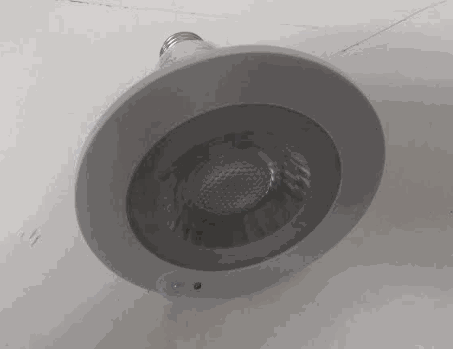
1.1 Measurement at 50,000 lux

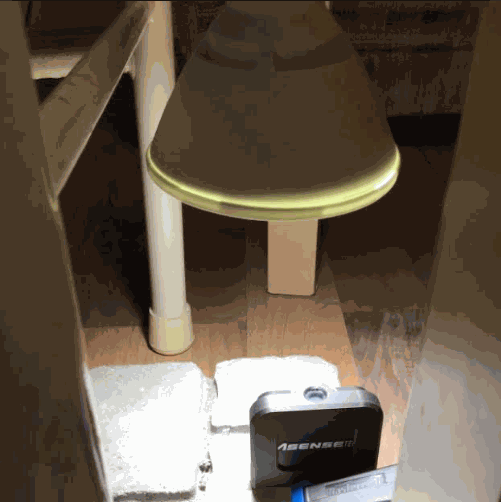
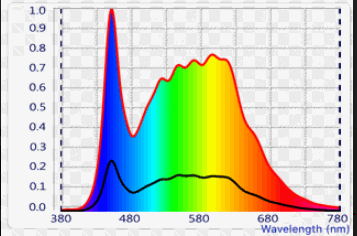
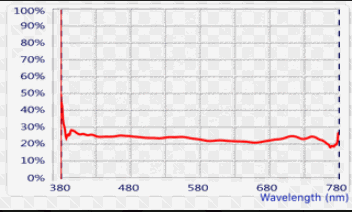
1.2 Measurement at 100,000 lux



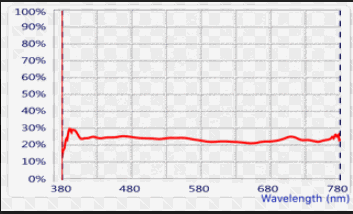
1.3 Measurement at 150,000 lux
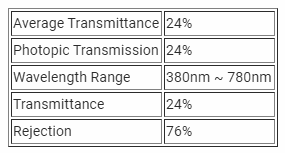
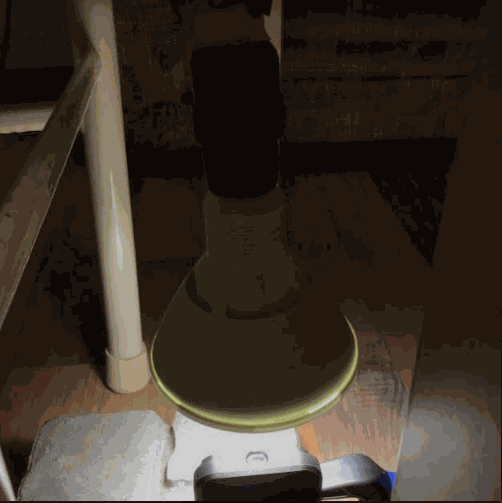
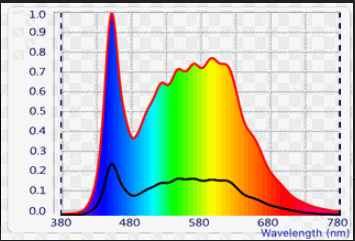
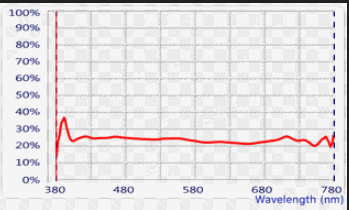
1.4 Measurement at 200,000 lux
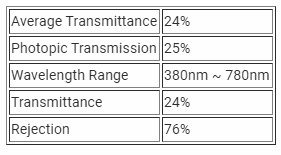
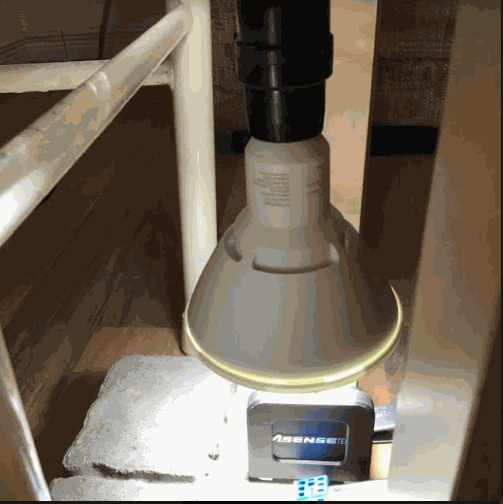
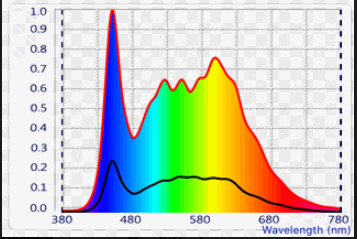
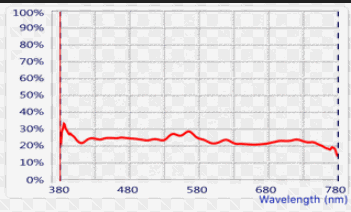
Average of 4 measurements for 5000 K lamp was 24%.

2. 90 watt, 3000 K lamp
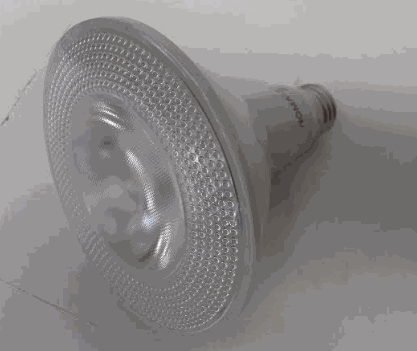
2.1 Measurement at 50,000 lux
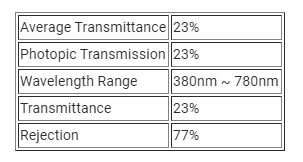
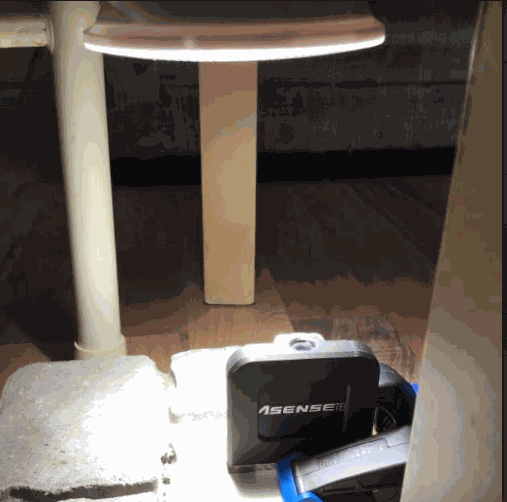
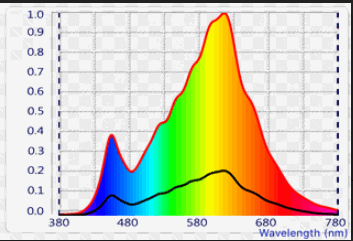

2.2 Measurement at 100,000 lux
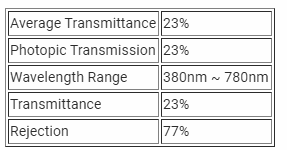
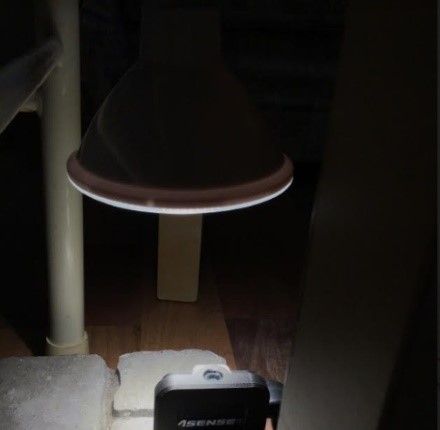

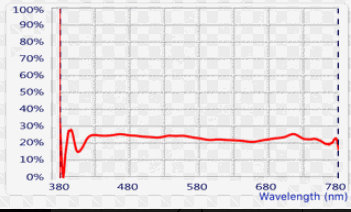
2.3 Measurement at 150,000 lux
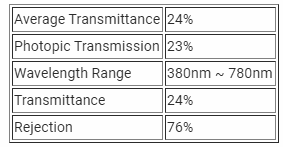

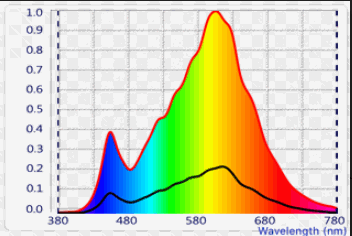
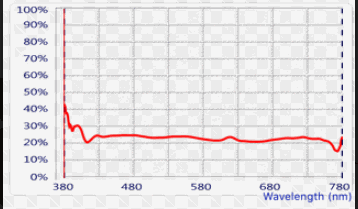
2.4 Measurement at 200,000 lux


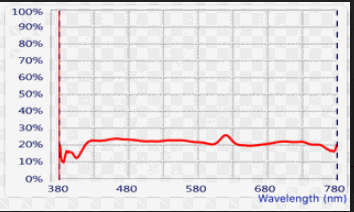

Average of four measurements for the 3000 K lamp was 23%
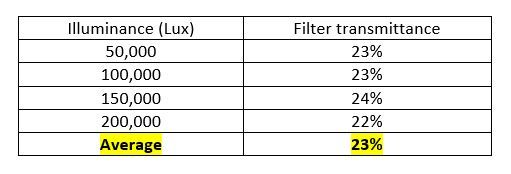
The same type of transmittance measurement was done by Les Kacev from the company LEDmetric in California using the SGT app and the Hi Lux model using different light sources. The following results were obtained
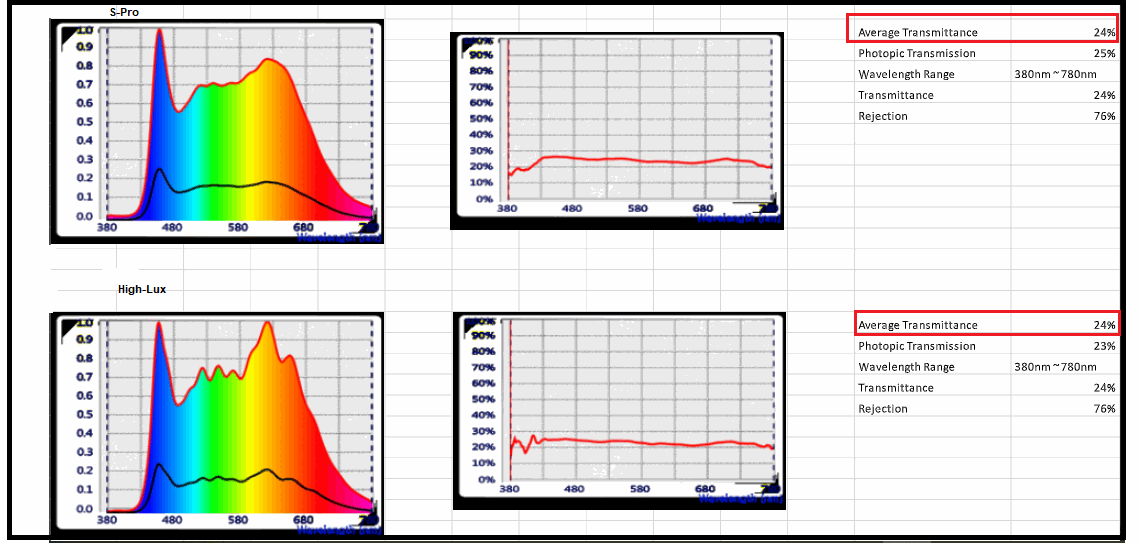
Les did the measurements with and without the filter using both the high intensity and the standard pro units and in both cases he measured 24% for the ND filter transmittance.
THEREFORE WE RECOMMEND A MULTIPLYING FACTOR OF 1/0.24=4.17 WHEN THE NEUTRAL DENSITY FILTER IS USED IN COMBINATION WITH THE STANDARD PRO TO MEASURE ILLUMINANCE LEVELS.
Section 2: Measurements of color temperature, TM30 parameters and other colorimetric parameters with and without the neutral density filter.
The High Lux unit had issues with data filtering and ripples were observed on the measured spectrum. Conversely, the spectrum measured by the Standard Pro is ripple free. Since, the TM30 and CRI values are directly calculated from the measured spectrum, it was not possible to compare the spectrum measured by the High Lux model with the spectrum measured by Standard Pro in combination with the neutral density filter for high intensity sources. This would produce big differences in TM30 and CRI values. The methodology was to use the Standard Pro with and without the filter to measure the spectrum and compare TM30 and colour temperature values. Although the Standard Pro has not been calibrated to measure illuminances above 50,000 lux, it can still measure the spectral profile correctly from sources with illuminances higher than 50,000 lux.
Two examples are given here for 100,000 lux illuminance level for a 5000 K and a 3000 K lamp fixtures.
Test 1: 5000 K light fixture at 100,000 lux.
The raw spectrum (Pink Color) shows a slight asymmetry around the broad peak but when the filter is used (Green spectrum) the broad peak becomes symmetrical (Figure
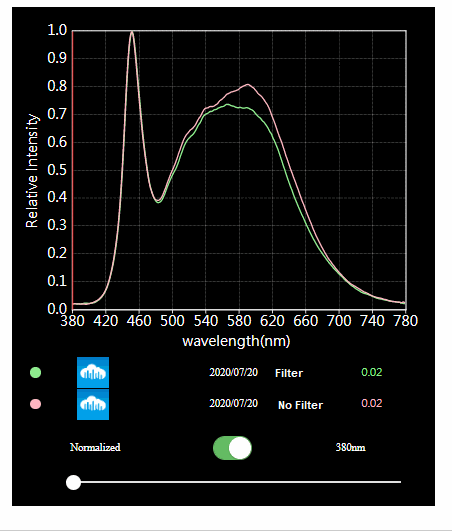
Figure 1: Comparing the filter with no-filter spectra
The measured parameters are shown below in figure 2
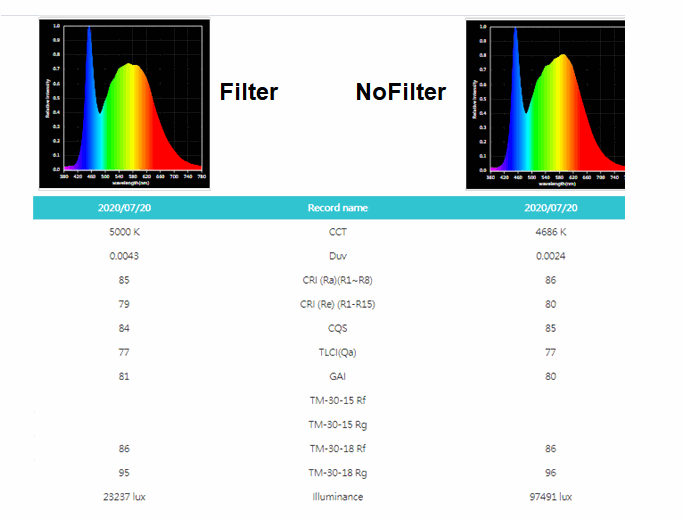
Figure 2: comparing the measured parameters of filter with no filter
As can be seen in the table of comparison, Rf and Rg values are almost equal and CCT of no filter case is 7% higher. The CRI comparison table is shown in figure 3
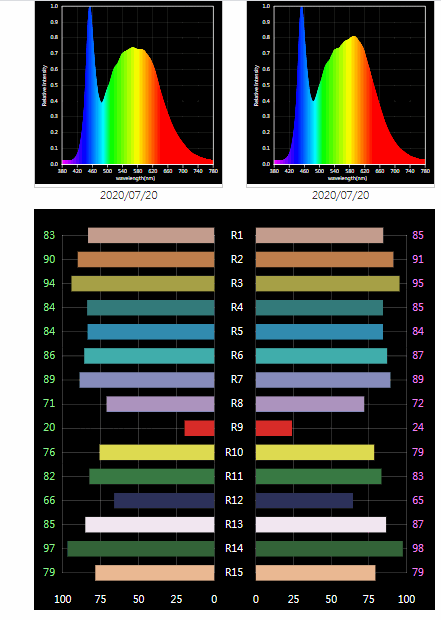
Figure 3: CRI comparison table
Most of the indices are the same except for R9 which is lower by 20% for ND filter as compared to no ND filter use.
Test 2: 3000 K light fixture at 50,000 lux.
The raw spectrum (Green) and the filtered spectrum are almost similar except that the filtered spectrum has a relative higher blue peak. This is shown in figure 4
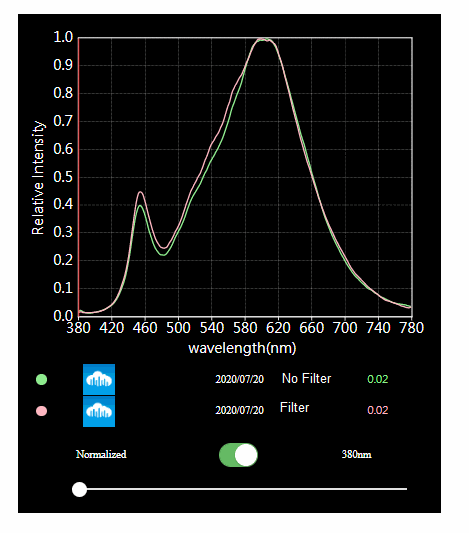
Figure 4: Filtered and unfiltered spectra comparison
The comparison of colorimetric parameters is shown in figure 5

Figure 5: Comparison of colorimetric parameters between filter and no filter
Once again the TM30 Rf and Rg values are identical and the CCT of the measurement with ND filter is 5% higher.
The CRI value comparison table is shown in figure 6
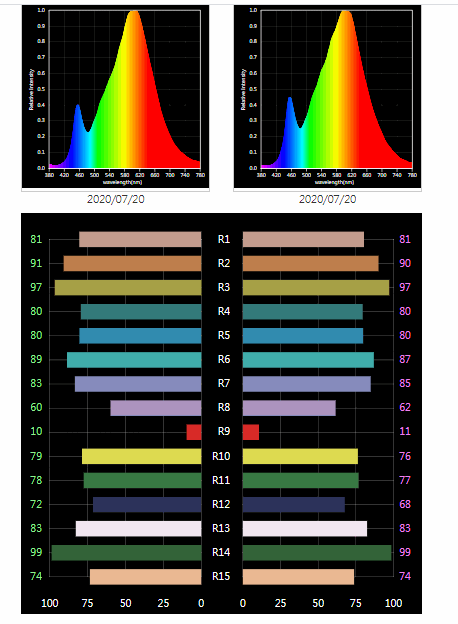
Figure 6: Comparison of CRI values between ND filter and no ND filter cases
The values are almost the same.
Photometric test conclusions:
WE CONCLUDE THAT THE USAGE OF A ND FILTER DOES NOT ALTER THE TM30 VALUES AND THE CRI INDICES. HOWEVER IT INCREASES THE CCT BY 5-7%.
Allied Scientific Pro’s Recommendation on usage of ND filter for high lux measurements:
The recommended ND filter can be used for measuring illuminances greater than 50,000 lux. The measured illuminance should be multiplied by a factor of 4.17 to get the correct illuminance.
The TM30 Rf and Rg values will not be altered by the presence of the ND filter
The colour temperature increases by 5 to 7% when the ND filter is used. Multiply the measured colour temperature by 0.93 to get the correct colour temperature.